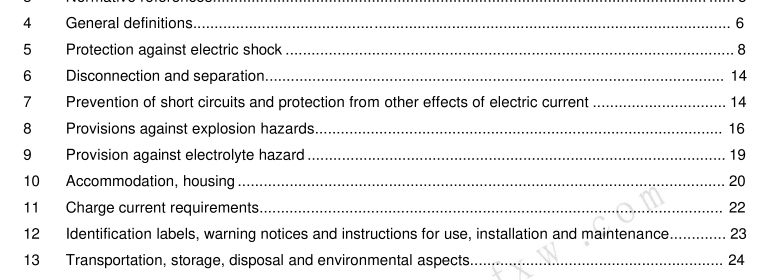BS EN 50272-2:2001 – Safety requirements for secondary batteries and battery installations — Part 2: Stationary batteries

4.3 valve regulated (secondary) cell A secondary cell which is closed under normal conditions but has an arrangement which allows the escape of gas if the internal pressure exceeds a predetermined value. The cell cannot normally receive addition to the electrolyte. (see IEC 60050-486-01 -20)
4.4 gastight sealed (secondary) cell A secondary cell which remains closed and does not release either gas or liquid when operated within the limits of charge and temperature specified by the manufacturer. The cell may be equipped with a safety device to prevent dangerously high internal pressure. The cell does not require addition to the electrolyte and is designed to operate during its life in its original sealed state. (see IEC 60050-486-01 -21 )
4.5 secondary battery Two or more secondary cells connected together and used as a source of electrical energy. (see IEC 60050-486-01 -03)
4.6 lead-acid battery A secondary battery in which the electrodes are made mainly from lead and the electrolyte is a sulphuric acid solution (H2SO4). (see IEC 60050-486-01 -04)
4.7 nickel-cadmium battery An alkaline secondary battery in which the positive material is made mainly from nickel and the negative material is made mainly from cadmium (see IEC 60050-486-01 -07). The electrolyte is an alkaline solution (potassium hydroxide, KOH).
4.8 stationary battery A secondary battery which is designed for service in a fixed location and is not habitually moved from place to place during the operating life. It is permanently connected to the DC power supply (fixed installation).
4.9 monobloc battery A secondary battery in which the plate packs are fitted in a multi-compartment container. (see IEC 60050-486-01 -1 7)
4.10 electrolyte A liquid or solid phase containing mobile ions which render the phase ionically conductive. (see IEC 60050-486-02-1 9)
4.11 gassing; gas emission The formation of gas produced by electrolysis of the electrolyte. (see IEC 60050-486-03-24)
4.12 charge; charging (of a battery) An operation during which a battery receives from an external circuit electrical energy which is converted into chemical energy. (see IEC 60050-486-01 -1 1)
4.13 float charge An operation during which the battery is permanently connected to a source of constant voltage sufficient to maintain the battery in fully charged condition and to recharge the battery in a specified time. (see IEC 60050-486-04-1 0, floating battery)
4.14 float (charge) voltage The constant voltage needed to keep the cell or battery charged.
BS EN 50272-2:2001 – Safety requirements for secondary batteries and battery installations — Part 2: Stationary batteries